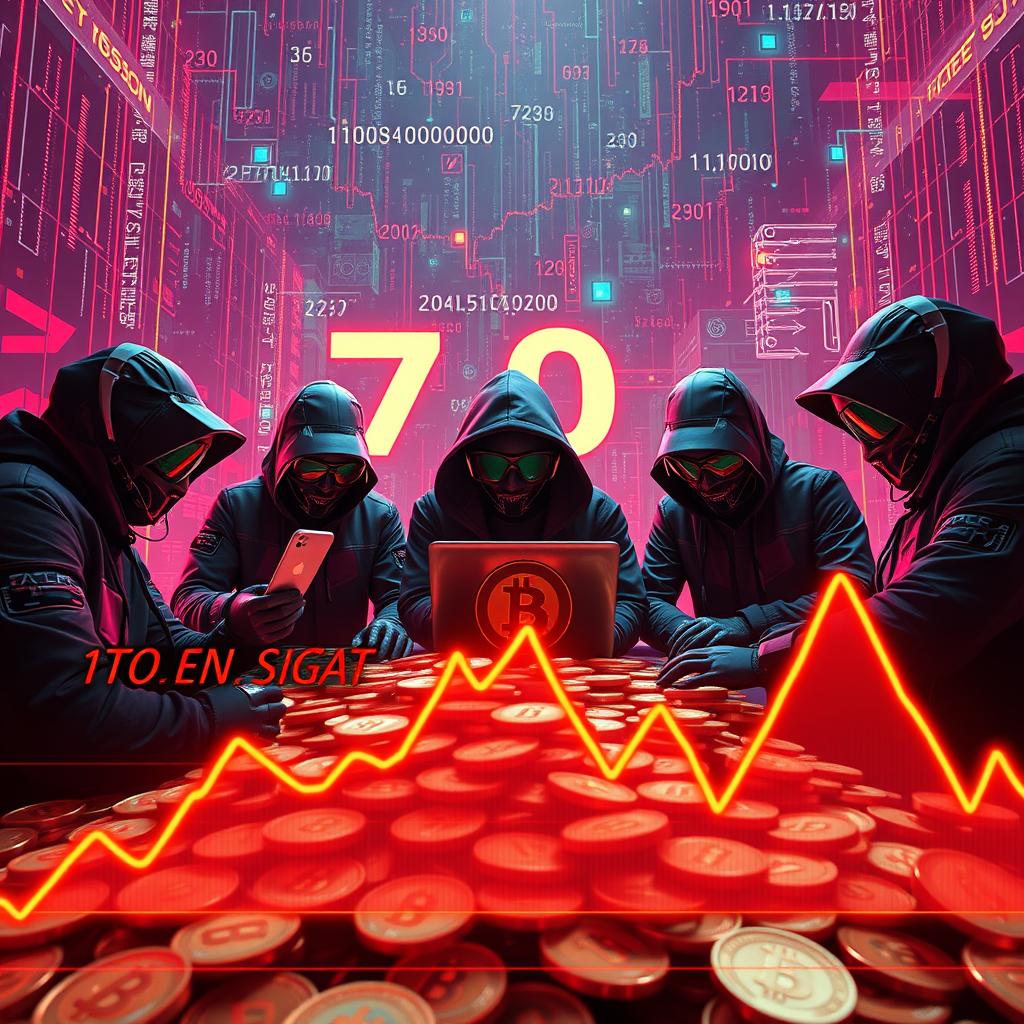Analysis of the UPCX Security Breach
The recent $70 million security breach of UPCX, an open-source payment platform, highlights the ongoing vulnerabilities in the cryptocurrency space. On April 1, 2025, blockchain security firm Cyvers identified suspicious activity involving 18.4 million UPC tokens, which led to the unauthorized withdrawal of approximately $70 million in digital assets. This incident underscores the importance of robust security measures, particularly in smart contract security and access controls.
Details of the Breach
The attacker gained control of a UPCX administrative wallet and modified its ProxyAdmin contract, enabling the execution of a withdrawal function. This resulted in fund transfers from three different management accounts, with the stolen tokens remaining in a single wallet. Notably, there have been no observed attempts to swap or liquidate the assets, suggesting that the attacker may be waiting for an opportune moment to cash out.
Immediate Actions and Consequences
UPCX promptly responded to the breach by suspending deposits and withdrawals, ensuring that users’ personal funds were unaffected. The platform’s swift action demonstrates a proactive approach to mitigating the damage. However, the attack triggered a 7% decline in UPC’s token price, from $4.06 to $3.77, according to CoinGecko. This downturn reflects the market’s immediate reaction to the security incident.
Broader Implications and Trends
The UPCX breach is part of a larger trend of security vulnerabilities affecting crypto platforms. Attackers are increasingly exploiting administrative functions to siphon funds, emphasizing the need for improved security measures. This incident adds to the rising concerns in Web3 security, highlighting the importance of robust smart contract security and access controls to prevent future incidents.
Comparative Analysis with Other Security Breaches
The UPCX breach is not an isolated incident. In recent years, several high-profile security breaches have occurred in the cryptocurrency space, resulting in significant financial losses. For example, the 2022 hack of the Ronin Network, which resulted in the theft of over $600 million, demonstrates the devastating impact of security vulnerabilities. The UPCX breach, although smaller in scale, serves as a reminder that even seemingly secure platforms can be vulnerable to attacks.
Predictions and Future Outlook
Given the current landscape of security breaches in the cryptocurrency space, it is likely that:
- Enhanced Security Measures: UPCX and other platforms will prioritize the implementation of more robust security measures, including smart contract security and access controls, to prevent similar incidents in the future.
- Increased Regulatory Scrutiny: Regulatory bodies may increase their scrutiny of cryptocurrency platforms, potentially leading to more stringent security requirements and guidelines for the industry.
- Market Volatility: The UPCX breach may contribute to market volatility, as investors and users become increasingly cautious about the security of their assets. This could lead to a decline in token prices and a decrease in investment in the short term.
- Greater Emphasis on Decentralization: The incident may accelerate the adoption of decentralized solutions, as users become more aware of the risks associated with centralized administrative functions and the importance of decentralized governance.
In conclusion, the UPCX security breach serves as a stark reminder of the ongoing vulnerabilities in the cryptocurrency space. As the industry continues to evolve, it is essential for platforms to prioritize robust security measures, including smart contract security and access controls, to prevent similar incidents in the future. By doing so, the cryptocurrency space can mitigate the risks associated with security breaches and foster a more secure and trustworthy environment for users and investors.




